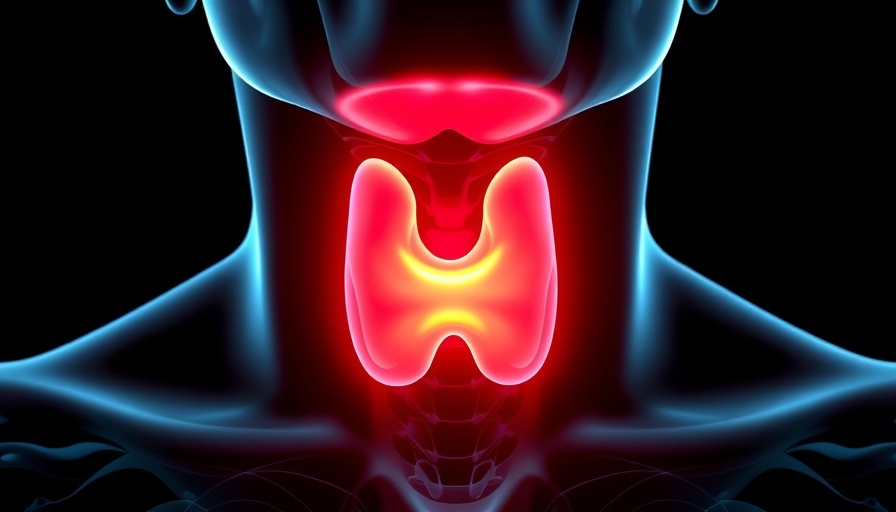
Revolutionizing Prostate Cancer Detection with a Simple Urine Test
In a groundbreaking discovery, researchers at Johns Hopkins Kimmel Cancer Center have developed a novel urine test that could change the way prostate cancer is diagnosed. This innovative method relies on analyzing specific RNA biomarkers found in urine, offering a non-invasive alternative to traditional biopsy procedures, which can be physically taxing and often yield inconclusive results.
A Beacon of Hope for Early Detection
This new test highlights the potential to identify prostate cancer accurately, using a panel of three key biomarkers: TTC3, H4C5, and EPCAM. These indicators were found to considerably improve the chances of detecting the disease—with a diagnostic accuracy of 91%—while also preserving the health of the patient by reducing unnecessary biopsies. This is particularly significant given that prostate cancer remains one of the leading causes of men’s deaths in the U.S.
Why This Matters to Men's Health
Men often face a dilemma when it comes to prostate cancer screening: the traditional PSA (prostate-specific antigen) blood test can lead to false positives and unnecessary invasive procedures. The new urinary test could circumvent this issue entirely, providing a less invasive option that still delivers reliable results. With its precision in identifying high-grade prostate cancers, the test empowers men to make informed decisions regarding their health and treatment options.
Encouraging a Shift in Prostate Cancer Testing
As awareness grows about the importance of early detection in prostate cancer, this urine-based test represents a progressive step forward. It not only addresses the concerns of false positives that plague PSA testing but does so with a process that is easy and efficient. The test's development is a significant stride towards reducing unnecessary surgical interventions and ensuring that patients receive the most appropriate levels of care.
Future Directions in Prostate Cancer Research
Looking ahead, the implications of this test extend beyond diagnosis. Researchers are contemplating the possibility of combining this biomarker panel with the PSA test to create an even more potent diagnostic tool. As ongoing studies continue to validate its efficacy, we may soon enter a new era of prostate cancer screening that prioritizes patient comfort, accuracy, and reduced complications.
Take Charge of Your Health
The advent of this urine-based test is an encouraging development for men and their families. Understanding the significance of prostate cancer diagnosis can equip men with the knowledge they need to take control of their health. As medical professionals advocate for these advancements, men are urged to speak with their healthcare providers about the new testing options available to them.
 Add Row
Add Row  Add
Add 



Write A Comment